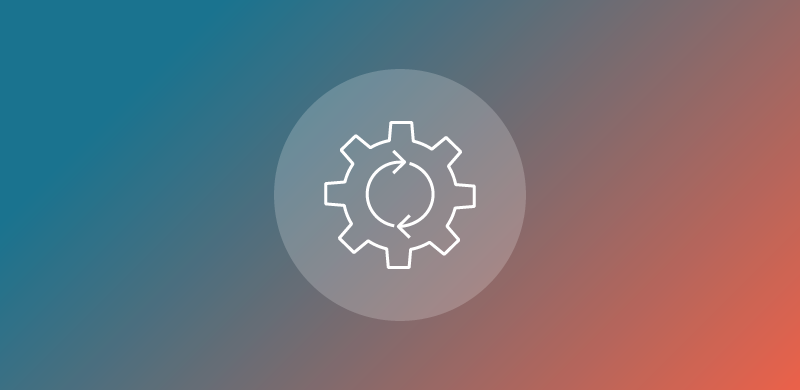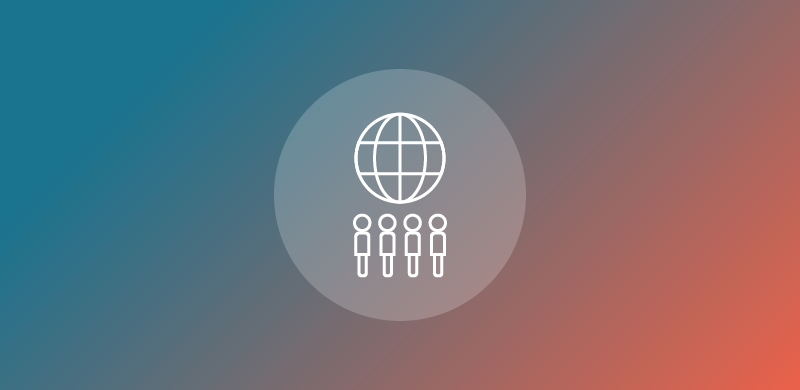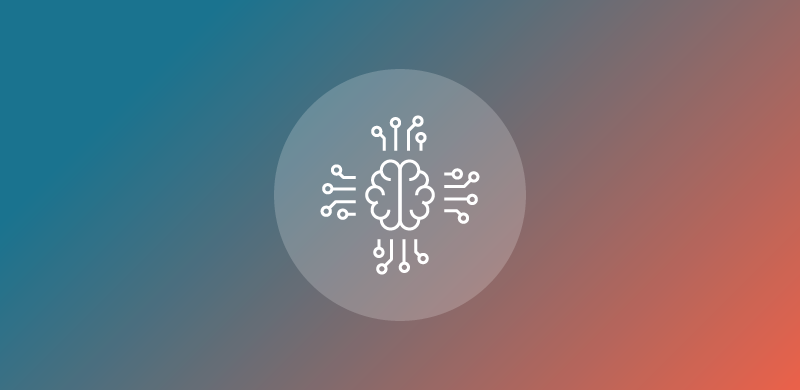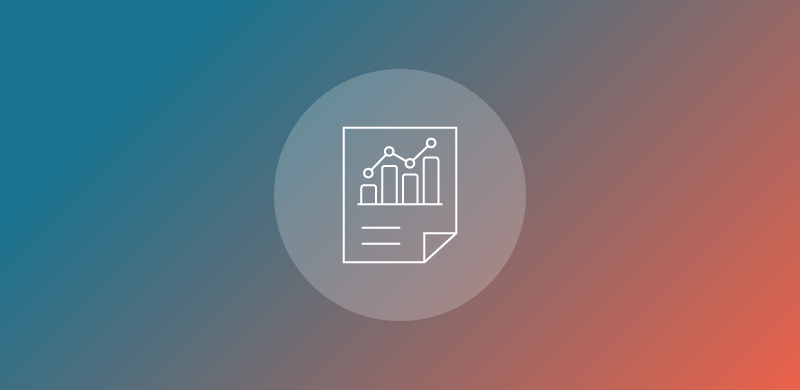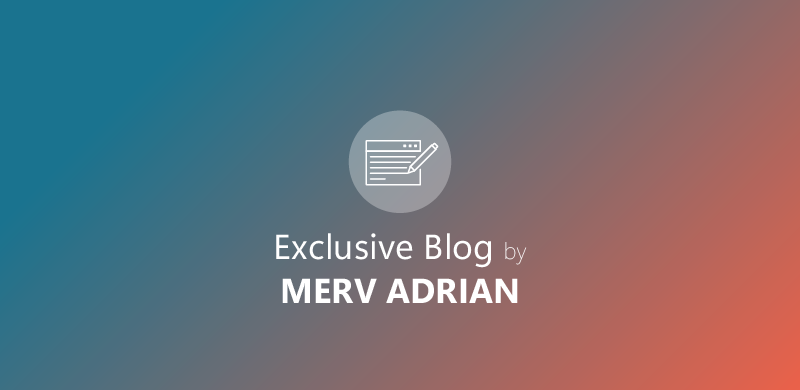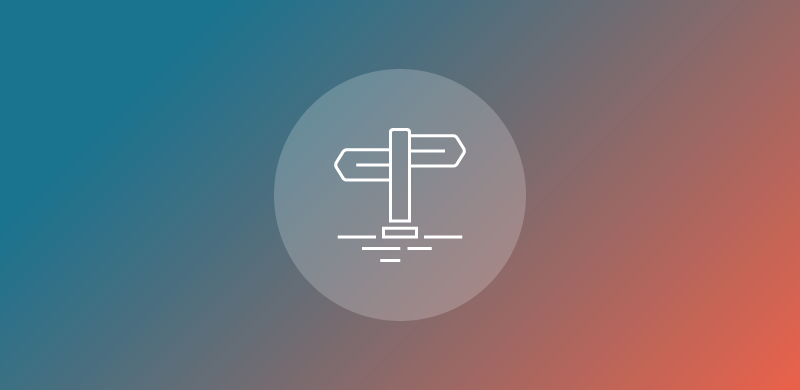Senior Analyst Data & AI
Stefan Sexl is a BARC Fellow specializing in CPM, BI and reporting. With 30 years of industry experience with leading vendors such as MIS AG, pmOne and Tagetik, he advises vendors on marketing, sales and product strategy as well as end customers on the selection and implementation of solutions.
He has a particular focus on the market for CPM and group accounting solutions including planning, consolidation, ESG, account reconciliation and other components.


